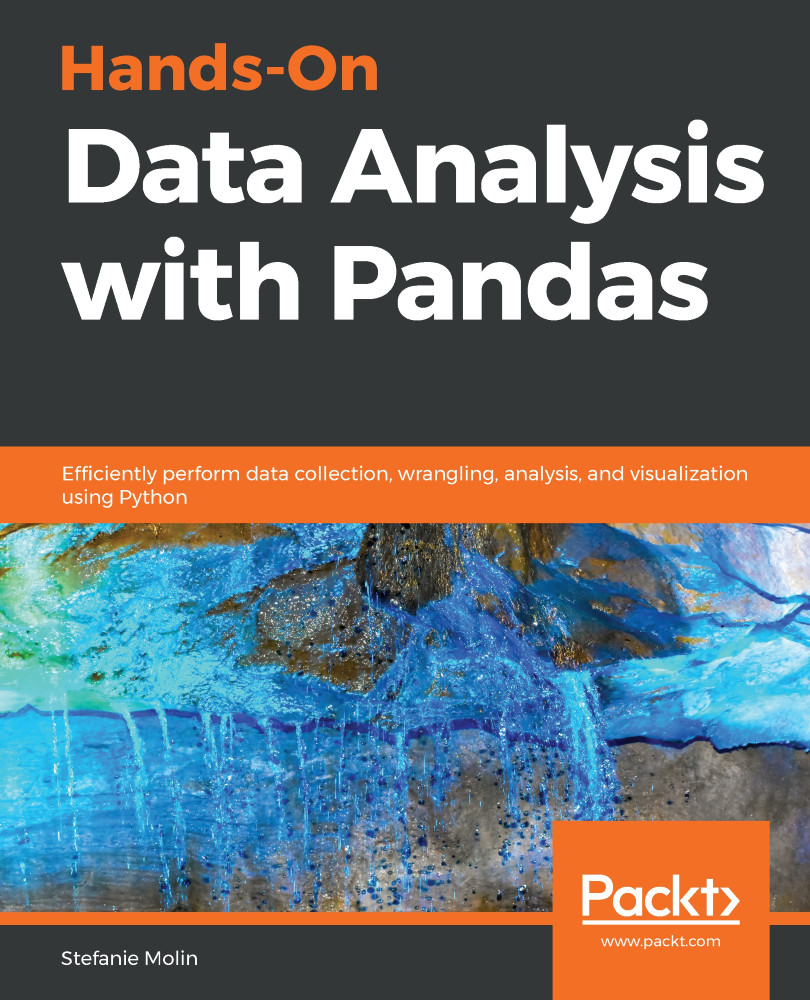In the previous chapter, we learned how to build and evaluate our machine learning models. However, we didn't touch upon what we can do if we want to improve their performance. Of course, we could try out a different model and see if it performs better—unless there are requirements that we use a specific method for legal reasons or in order to be able to explain how it works. We want to make sure we use the best version of the model that we can, and for that, we need to discuss how to tune our models.
This chapter will introduce techniques for optimization of machine learning model performance using scikit-learn, as a continuation of the content in Chapter 9, Getting Started with Machine Learning in Python. Nonetheless, it should be noted that there is no panacea. It is entirely possible we try everything we can think...


